Home>Articles>How To Arrange Sofa Loveseat And Chair In Living Room
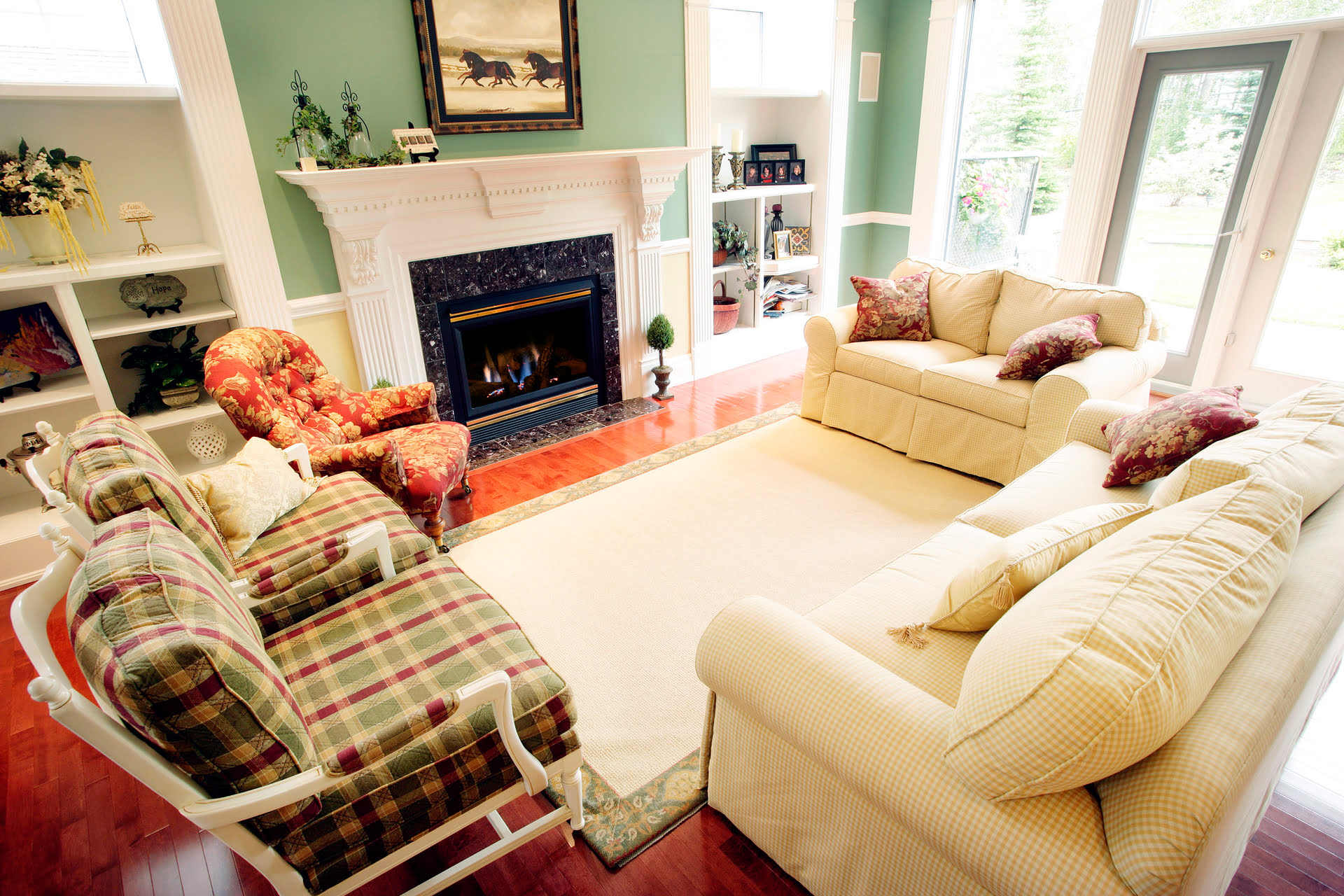

Articles
How To Arrange Sofa Loveseat And Chair In Living Room
Modified: January 8, 2024
Discover expert tips and tricks for arranging your sofa, loveseat, and chair in your living room. Read our articles for stylish and functional ideas to create the perfect seating arrangement.
(Many of the links in this article redirect to a specific reviewed product. Your purchase of these products through affiliate links helps to generate commission for Storables.com, at no extra cost. Learn more)
Introduction
Arranging the sofa, loveseat, and chair in your living room can greatly impact the overall look and feel of the space. Whether you’re redecorating, moving into a new home, or simply looking to refresh the layout, knowing how to position these key furniture pieces can make a world of difference. With a careful eye for design and a strategic approach, you can create a harmonious and inviting living room that reflects your personal style.
When it comes to choosing the right sofa, loveseat, and chair, consider their size, style, and functionality. Determine the seating capacity required for your household and the desired level of comfort. Additionally, think about the overall aesthetic you want to achieve. Do you prefer a modern, minimalist look, or are you drawn to a more traditional or eclectic style?
Once you have decided on the perfect pieces, it’s time to plan the layout of your living room. The arrangement of the sofa, loveseat, and chair should not only be visually appealing but also facilitate comfortable conversation and ease of movement. In this article, we will guide you through the process of arranging your furniture to create a harmonious and functional living space.
So, let’s explore how to arrange your sofa, loveseat, and chair to maximize both style and comfort in your living room.
Key Takeaways:
- Create a harmonious living room layout by carefully choosing and positioning the sofa, loveseat, and chair. Consider size, style, and balance to reflect your personal taste and enhance the overall ambiance.
- Incorporate functional and stylish elements like coffee tables, side tables, accent chairs, and ottomans to add depth and character to your living room. Enhance the space with accessories that reflect your personality and style.
Read more: How To Arrange Two Sofas In Living Room
Choosing the Right Sofa, Loveseat, and Chair
The first step in arranging your living room furniture is to choose the right sofa, loveseat, and chair. It’s essential to consider both aesthetics and functionality when making your selection.
When it comes to the sofa, consider the size of your living room. If you have a spacious area, a larger sectional or modular sofa can provide ample seating and create a focal point. On the other hand, if your space is smaller, a compact or loveseat-sized sofa may be more suitable.
Once you’ve determined the size, think about the style of the sofa. Do you prefer a classic and timeless look with a tufted back and rolled arms, or are you drawn to a more modern and sleek design? Consider the overall theme of your living room and choose a sofa that complements it.
The loveseat is a versatile piece that can be used to create a cozy seating area or as additional seating alongside the sofa. It’s important to choose a loveseat that coordinates well with the sofa in terms of style and size. If the sofa is larger, opt for a loveseat with similar proportions to maintain a balanced look.
The chair is an opportunity to add visual interest and personality to your living room. It can be a statement piece with bold colors or patterns, or it can be more understated to complement the overall design. Consider the size of the chair in relation to the sofa and loveseat to ensure proper proportion and harmony.
Furthermore, the functionality of the furniture is a crucial consideration. Look for sofas, loveseats, and chairs with high-quality construction and comfortable cushions. Consider the materials used and choose upholstery that suits your lifestyle. If you have children or pets, opt for durable fabrics that are easy to clean.
By carefully selecting the right sofa, loveseat, and chair, you set the foundation for a stylish and functional living room that reflects your personal taste and meets your lifestyle needs.
Determining the Layout
Once you’ve chosen the perfect sofa, loveseat, and chair, it’s time to determine the layout of your living room. The layout should encourage conversation, create a sense of balance, and provide a clear flow of movement throughout the space.
Start by considering the focal point of the room. This could be a fireplace, a television, or a large window with a scenic view. Arrange your furniture around this focal point to anchor the room and create a visual centerpiece.
Next, think about the shape and size of your living room. Take measurements and create a scaled drawing of the space to help you visualize different layout options. Consider the placement of doors, windows, and architectural features when planning your furniture arrangement.
One common layout is the “L-shape” configuration, where the sofa and loveseat are positioned perpendicular to each other, forming an L shape. This layout works well for open-concept living rooms or those with a designated corner for seating.
An alternative layout is the “U-shape” configuration, where the sofa, loveseat, and chair are arranged to form a U shape. This layout is ideal for larger living rooms and provides ample seating options for comfortable conversation.
If you have a smaller living room, consider a “floating” arrangement, where the furniture is placed away from the walls, creating space and making the room appear larger. This arrangement can be achieved by placing the sofa and loveseat facing each other, with the chair positioned to complete the conversation area.
The key is to create a balanced and symmetrical layout. Distribute the weight of the furniture evenly throughout the room and ensure that no single side feels overloaded or empty. Maintain a comfortable distance between the seating pieces to facilitate conversation and movement.
Remember to leave enough space for traffic flow. Allow for clear pathways around the furniture, ensuring easy access to other areas of the room and preventing obstruction.
By carefully considering the focal point, room shape, and traffic flow, you can determine the optimal layout for your living room and create a functional and visually pleasing arrangement.
Placing the Sofa
The placement of the sofa is a key factor in the overall layout and functionality of your living room. The sofa serves as the centerpiece of the seating area and sets the tone for the entire room. Here are some tips for placing your sofa:
1. Against a wall: Placing the sofa against a wall is a common choice, especially in smaller living rooms. This creates a sense of openness and maximizes the available floor space. Ensure that there is enough clearance between the sofa and the wall for easy cleaning and maintenance.
2. Floating in the room: If you have a larger living room, consider floating the sofa away from the walls. This can create a more inviting and intimate seating area, especially when combined with a coffee table in the center. Just make sure to leave enough space behind the sofa for comfortable movement.
3. Creating zones: If your living room serves multiple purposes, such as both a seating area and a TV viewing area, you can use the sofa to create distinct zones. Position the sofa to divide the room into different sections while maintaining a cohesive flow. For example, place the sofa facing the TV for a dedicated entertainment area.
4. Angled placement: For a more dynamic and visually interesting look, consider angling the sofa in a diagonal position. This can add energy to the room and create a unique focal point. However, be mindful of the available space and make sure the angled placement does not obstruct the traffic flow or make the room feel cramped.
5. Consider the view: If your living room has a beautiful view, such as a garden or cityscape, position the sofa to take advantage of it. Arrange the sofa in a way that allows you to enjoy the view while relaxing comfortably.
Remember to leave enough space around the sofa for easy movement and to accommodate other furniture pieces. This will ensure a balanced and well-proportioned arrangement. Additionally, consider the size and scale of the sofa in relation to the room. Avoid overpowering a small space with a large sofa, or conversely, having a small sofa get lost in a large room.
By carefully considering the placement of the sofa, you can create a welcoming and functional seating area in your living room, setting the stage for relaxation and entertaining.
Positioning the Loveseat
The loveseat is a versatile furniture piece that can add comfort and style to your living room. When positioning the loveseat, consider its relationship with the sofa and the overall flow of the space. Here are some tips for placing the loveseat:
1. Parallel to the sofa: One common arrangement is to position the loveseat parallel to the sofa. This creates a cohesive look and forms a balanced seating area. Place the loveseat facing the sofa, leaving enough space for a coffee table or ottoman in the center. This arrangement is perfect for facilitating conversations and creating a sense of symmetry.
2. Across from the sofa: Another option is to place the loveseat directly across from the sofa, creating a more formal seating arrangement. This layout works well in larger living rooms and can define a distinct conversation area. Make sure there is enough space between the loveseat and the sofa for easy movement and traffic flow.
3. In a corner: If you have a corner in your living room that needs some attention, positioning the loveseat in that space can be a great solution. It helps to fill the corner and adds a cozy and intimate seating area. Consider adding a small side table or a floor lamp next to the loveseat to make the corner feel complete.
4. As a divider: In open-concept living rooms, the loveseat can be used as a divider between different functional zones. For example, if you have a combined living and dining area, place the loveseat with its back facing the dining table to visually separate the spaces. This not only adds a decorative element but also creates a visual boundary and defines each area’s purpose.
Consider the size and scale of the loveseat in relation to the sofa and the room itself. Make sure it complements the sofa and doesn’t overpower the space. Pay attention to the angles and lines created by the loveseat, ensuring they contribute to the overall flow and harmony of the room.
Lastly, don’t forget to leave enough space around the loveseat for easy movement and to accommodate other furniture pieces. This will ensure a well-proportioned and functional layout.
By thoughtfully positioning the loveseat, you can create a welcoming and cozy seating area that complements the sofa and enhances the overall design of your living room.
Read more: How To Arrange L-Shaped Sofa In Living Room
Arranging the Chair
The chair is a versatile furniture piece that can add both style and functionality to your living room. When arranging the chair, consider its relationship with the sofa and loveseat, as well as the overall layout and flow of the space. Here are some tips for arranging the chair:
1. Accentuating the seating area: One common approach is to place the chair next to the sofa or loveseat, creating a cohesive seating area. Position it at an angle or facing towards the conversation area to encourage interaction and create a comfortable arrangement. This setup works well for smaller living rooms or when you want to emphasize the primary seating area.
2. Creating a separate reading nook: If you have a larger living room or want to create a dedicated reading space, consider placing the chair away from the sofa and loveseat. Position it near a window, next to a bookshelf, or in a cozy corner. Add a side table and a lamp to create a functional and inviting reading nook. This arrangement allows for a separate area for relaxation, reading, or solitude.
3. Pairing with an ottoman: To enhance comfort and relaxation, pair the chair with an ottoman. Place the ottoman in front of the chair, allowing you to put your feet up and unwind. This combination adds a touch of luxury to your living room and provides an extra seating option when needed.
4. Creating balance: Ensure the chair’s placement contributes to the overall symmetry and balance of the room. If you have two chairs, position them symmetrically across from each other or on either side of a table or fireplace. This creates a visually pleasing and harmonious arrangement.
Consider the size and style of the chair in relation to the other furniture pieces. Ensure it complements the sofa and loveseat while having its own unique flair. Pay attention to the chair’s height and backrest, making sure it aligns well with the other seating options in terms of proportion and scale.
Lastly, leave enough space around the chair for easy movement and to maintain a spacious feel. A clutter-free environment is essential for optimal functionality and visual appeal.
By thoughtfully arranging the chair, you can create an inviting and functional seating area in your living room that adds depth and character to the overall design.
When arranging a sofa, loveseat, and chair in a living room, consider creating a balanced layout by placing the sofa in the center and the loveseat and chair on either side. This will create a cohesive and inviting seating arrangement for your guests.
Creating Symmetry and Balance
Symmetry and balance play a vital role in creating a visually pleasing and harmonious living room. By incorporating these design principles, you can achieve a sense of equilibrium and cohesiveness in your furniture arrangement. Here are some tips for creating symmetry and balance:
1. Symmetrical seating arrangement: Consider arranging the sofa, loveseat, and chairs symmetrically. Position them in pairs or mirror images on either side of a focal point, such as a fireplace or a TV. This arrangement creates a sense of order and balance in the room. Symmetry is especially effective in traditional or formal living rooms.
2. Balance in furniture placement: Ensure that the weight of the furniture is evenly distributed throughout the room. Avoid clustering all the furniture on one side, as it can make the room feel lopsided and visually unbalanced. Place larger pieces like the sofa and loveseat across from each other, with smaller pieces like chairs or ottomans on either side to create a well-proportioned arrangement.
3. Incorporate visual elements: Balance can be achieved through the use of visual elements such as color, texture, or pattern. If one side of the room feels visually heavier, you can balance it out by adding decorative elements, such as artwork, pillows, or curtains, that have similar visual weight on the other side. This creates a pleasing visual rhythm in the space.
4. Consider the scale and proportion: Ensure that the scale and proportion of the furniture pieces are in harmony with each other and the size of the room. Avoid placing oversized furniture in a small space, as it can overwhelm the room and disrupt the balance. Opt for pieces that complement each other in terms of size and height for a cohesive look.
5. Create a focal point: Designate a focal point in the room, such as a fireplace, a large window, or a piece of artwork, and arrange the furniture around it. This not only creates a sense of balance but also draws attention to the central feature, adding interest and depth to the overall design.
Remember that achieving balance doesn’t necessarily mean everything needs to be perfectly symmetrical; it’s about creating a sense of equilibrium and visual appeal. Trust your intuition and experiment with different arrangements until you find the right balance that suits your personal style and the overall aesthetic of your living room.
By incorporating symmetry and balance into your furniture arrangement, you can transform your living room into a visually pleasing and harmonious space that exudes a sense of order and tranquility.
Incorporating Coffee Tables and Side Tables
Coffee tables and side tables not only provide functional surfaces for items like drinks, books, and remote controls, but they also serve as essential decorative elements in your living room. When incorporating these tables into your furniture arrangement, consider their placement, size, and style. Here are some tips for incorporating coffee tables and side tables:
1. Coffee table placement: The coffee table is typically placed in the center of the seating area, within easy reach of the sofa and loveseat. It serves as a focal point and a gathering place for drinks and snacks. Ensure that it is of an appropriate size and shape to match the surrounding seating and fit well within the available space.
2. Size and proportion: Consider the scale of your coffee table in relation to the size of your seating area. A coffee table that is too large can overpower a small room, while one that is too small might look insignificant in a larger space. Ideally, the coffee table should be around two-thirds the length of the sofa and at a similar height for a harmonious visual appeal.
3. Style and material: Choose a coffee table that complements the overall design style of your living room. If you have a modern aesthetic, opt for a sleek and minimalist design with materials like glass or metal. For a more traditional look, consider a wooden table with intricate detailing. The material and style should harmonize with the other furniture pieces to create a cohesive and unified look.
4. Side table placement: Side tables are versatile additions to your living room, providing a convenient surface next to chairs, sofas, or even beds. Place them within arm’s reach of seating areas to hold items like lamps, books, or decorative accessories. Consider placing matching side tables on either side of the sofa or loveseat to create symmetry and balance, or choose different designs for a more eclectic look.
5. Consider functionality: When selecting side tables, think about their functionality in addition to their aesthetics. Look for tables with storage options, such as drawers or shelves, to keep small items or magazines organized. Additionally, consider the height of the side tables to ensure they are at a comfortable level for placing drinks or other items while sitting.
6. Coordinating design elements: Choose coffee tables and side tables that coordinate well with the other furniture pieces in terms of color, material, or design elements. This helps establish a cohesive look and ties the room together. Consider incorporating similar finishes or coordinating accents to create a unified visual appeal.
Remember to leave enough space around the coffee table and side tables for comfortable movement and to maintain a spacious feel. Avoid overcrowding the space with too many tables, as it can make the room feel cluttered and hinder the flow of the space.
Incorporating coffee tables and side tables into your living room adds functionality and style to the space. By carefully selecting and placing these pieces, you can create a balanced and inviting environment that complements your overall design aesthetic.
Adding Accent Chairs or Ottomans
Accent chairs and ottomans are versatile and functional furniture pieces that can elevate the style and comfort of your living room. They not only provide additional seating options but also add visual interest and personality to the space. Here are some tips on adding accent chairs or ottomans to your living room:
1. Create a focal point: Accent chairs can be used to create a focal point in your living room. Choose a chair with a bold color, pattern, or unique design that stands out from the rest of the furniture. Position it strategically, such as in a cozy corner, near a window, or across from the sofa, to draw attention and add visual interest.
2. Complement the existing furniture: When selecting accent chairs or ottomans, consider their design and how they will complement the existing furniture in terms of style, color, and scale. Look for pieces that harmonize with the overall aesthetic of the room while adding a touch of flair or contrast.
3. Mix and match: Don’t be afraid to mix and match different styles or materials to create an eclectic and personalized look. Experiment with combining different patterns, textures, or materials for a more dynamic and visually engaging arrangement. Just remember to maintain a sense of cohesion by choosing elements that still coordinate with the overall design scheme.
4. Consider functionality: In addition to style, consider the functionality of the accent chairs or ottomans. If you need extra seating, choose chairs that are comfortable and have proper support. Ottomans can serve multiple purposes, functioning as a footrest, extra seating, or even as a coffee table with the addition of a tray. Select pieces that not only look good but also serve a practical purpose in your living room.
5. Placement and arrangement: Position accent chairs or ottomans strategically within the room to create a balanced and visually pleasing arrangement. Place them adjacent to the sofa, opposite the loveseat, or in corners that need attention. This will help to distribute visual weight and create a harmonious flow throughout the space.
6. Versatility with ottomans: Ottomans are incredibly versatile and can be used in various ways. They can serve as a footrest when paired with a chair or as a coffee table when topped with a tray. Additionally, ottomans with hidden storage can provide a convenient place to store blankets, pillows, or other living room essentials.
Remember to leave enough space around the accent chairs or ottomans for easy movement and to maintain an open feel in your living room. Avoid overcrowding the space, as it can make the room feel cramped and cluttered.
By adding accent chairs or ottomans, you can enhance the style and functionality of your living room. They provide opportunities to express your personal taste, add extra seating, and create visual interest that elevates the overall design of the space.
Enhancing the Room with Accessories
Accessories are the finishing touches that bring a sense of personality and style to your living room. They have the power to transform a space, adding texture, color, and visual interest. Here are some tips for enhancing your living room with accessories:
1. Decorative pillows and throws: Add a pop of color, pattern, and texture to your sofa, loveseat, or accent chairs with decorative pillows and throws. Mix and match different sizes, shapes, and fabrics to create a visually appealing arrangement. They not only provide comfort but also serve as an opportunity to introduce new hues or patterns that complement the overall color scheme of the room.
2. Wall art and mirrors: Utilize wall art and mirrors to add visual interest and create a focal point in your living room. Hang artwork that reflects your personal taste and complements the style of the room. Choose pieces that are appropriately sized for the wall and consider creating a gallery wall for a curated look. Mirrors can make the room appear more spacious and reflect natural light, adding brightness to the space.
3. Indoor plants and greenery: Introduce the beauty of nature into your living room with indoor plants and greenery. They not only add a refreshing and vibrant touch but also help purify the air. Choose plants that are suitable for indoor environments and consider the lighting conditions of your living room when selecting the right plants. Arrange them in decorative pots or plant stands to add a touch of natural elegance.
4. Decorative vases and bowls: Use decorative vases and bowls as artistic accents in your living room. Fill them with fresh flowers, decorative branches, or colorful stones to add a pop of color and texture to your space. Opt for vessels with interesting shapes, materials, or patterns that complement the overall design of your living room. Place them on coffee tables, side tables, or floating shelves for a touch of elegance.
5. Accent lighting: Illuminate your living room with accent lighting to create ambiance and highlight the room’s features. Incorporate table lamps, floor lamps, or wall sconces to provide both task and ambient lighting. Choose lighting fixtures that complement the style of your living room and place them strategically to enhance the overall atmosphere.
6. Personal touches: Don’t forget to incorporate personal touches that reflect your interests and memories. Display cherished photographs, mementos, or meaningful objects that tell a story and add a sense of sentimental value to your living room. These personal touches make your living room feel uniquely yours and create a warm and inviting space.
When accessorizing your living room, it’s important to strike a balance. Avoid overcrowding the space with too many accessories, as it can make the room feel cluttered. Select items that enhance the overall aesthetic and complement the existing furniture and décor.
By carefully selecting and incorporating accessories, you can enhance the style, comfort, and ambiance of your living room, creating a space that truly reflects your personal taste and lifestyle.
Conclusion
Arranging the sofa, loveseat, and chair in your living room is both an art and a science. It requires careful consideration of factors such as size, style, layout, and balance. By following the tips and guidelines in this article, you can create a beautiful and functional living room layout that reflects your personal style and enhances the overall ambiance of the space.
Choosing the right sofa, loveseat, and chair sets the foundation for your furniture arrangement. Consider the size, style, and functionality of these pieces to ensure they meet your needs and complement the overall design aesthetic of your living room.
Determining the layout is the next step in creating a harmonious living room. Consider the focal point, room shape, and traffic flow to find the optimal arrangement for your furniture. Whether you choose a traditional, asymmetrical, or floating layout, aim for balance and easy movement throughout the space.
Place the sofa strategically, considering its relationship with the other furniture pieces and the focal point of the room. The sofa serves as the centerpiece and anchor of the seating area, so its placement is crucial to create a cozy and inviting atmosphere.
Position the loveseat in a way that complements the sofa and creates a visually balanced seating area. Whether you choose a parallel, perpendicular, or corner arrangement, the loveseat adds versatility and additional seating options to your living room.
Arrange the chair to add flair and functionality to your living room. Whether it’s placed for conversation, as a reading nook, or for balance and symmetry, the chair enhances the overall design and provides an extra seating option.
Creating symmetry and balance is key to a visually pleasing living room. Distribute the weight of furniture evenly, incorporate visual elements, and consider the scale and proportion of the pieces to achieve a harmonious look.
Incorporate coffee tables and side tables to add functionality and style to your living room. Choose tables that complement the furniture, consider their placement, and ensure they are of an appropriate size and scale for the space.
Add accent chairs or ottomans to enhance the seating and visual interest in your living room. Mix and match styles, consider their functionality, and place them strategically to create a balanced and personalized arrangement.
Finally, enhance the room with accessories. Select decorative items such as pillows, throws, wall art, plants, and lighting fixtures that add texture, color, and personal touches to your living room.
In conclusion, arranging the sofa, loveseat, and chair in your living room requires thoughtful consideration of various factors. By carefully choosing and positioning these key furniture pieces, incorporating coffee tables and side tables, adding accent chairs or ottomans, and enhancing the room with accessories, you can create a beautifully arranged and inviting living room that reflects your personal style and fosters comfort and functionality for you and your guests to enjoy.
Frequently Asked Questions about How To Arrange Sofa Loveseat And Chair In Living Room
Was this page helpful?
At Storables.com, we guarantee accurate and reliable information. Our content, validated by Expert Board Contributors, is crafted following stringent Editorial Policies. We're committed to providing you with well-researched, expert-backed insights for all your informational needs.
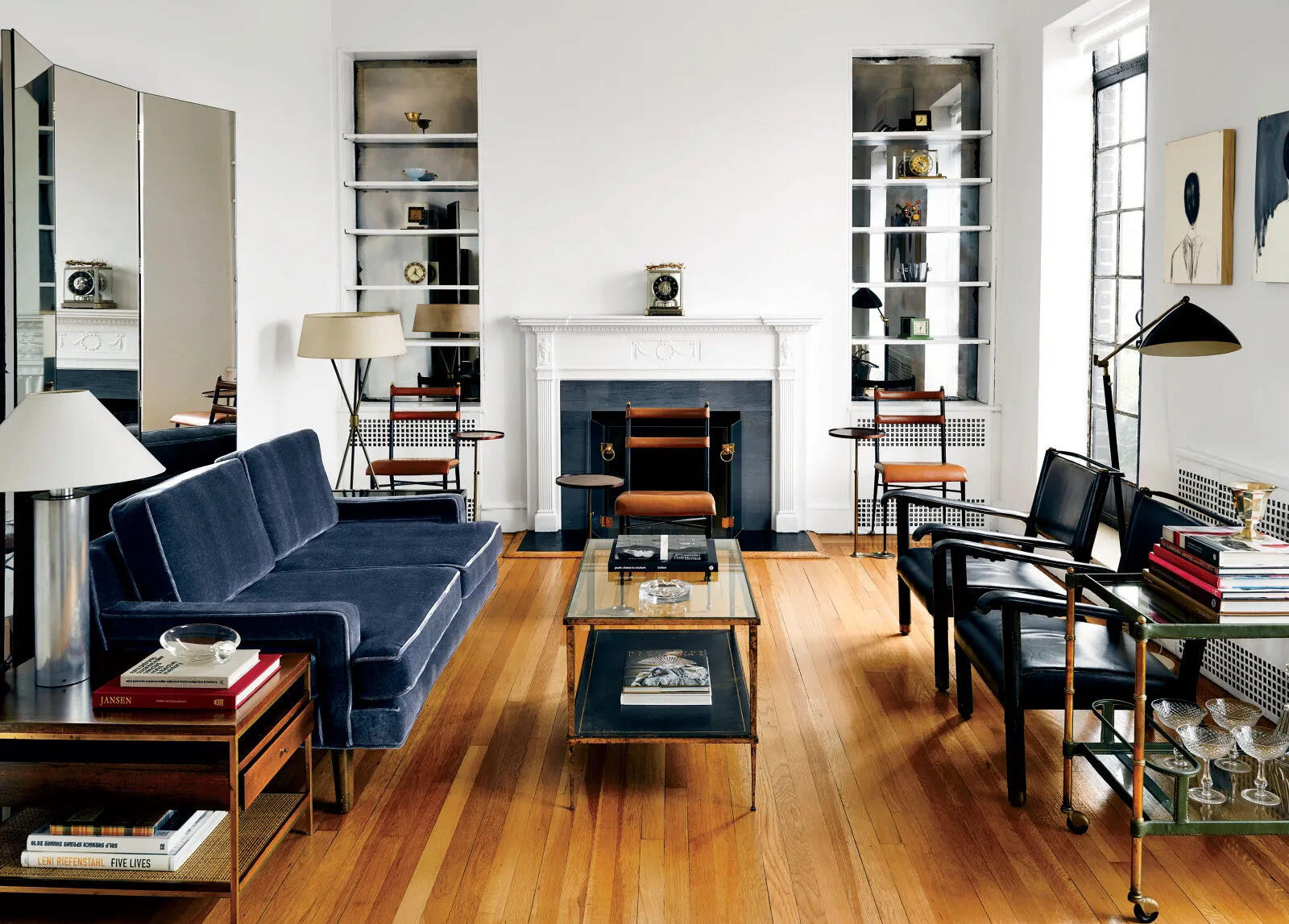
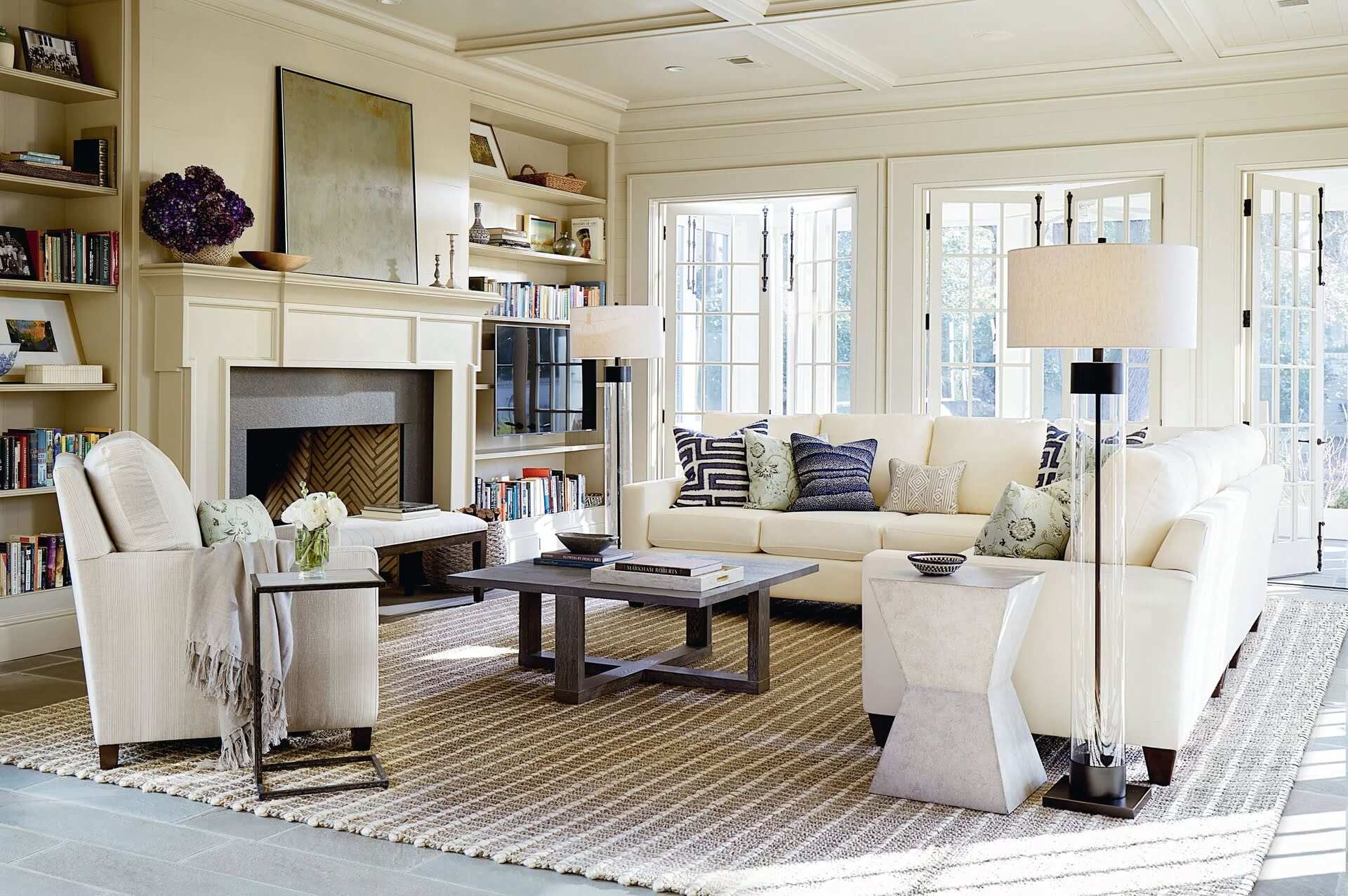
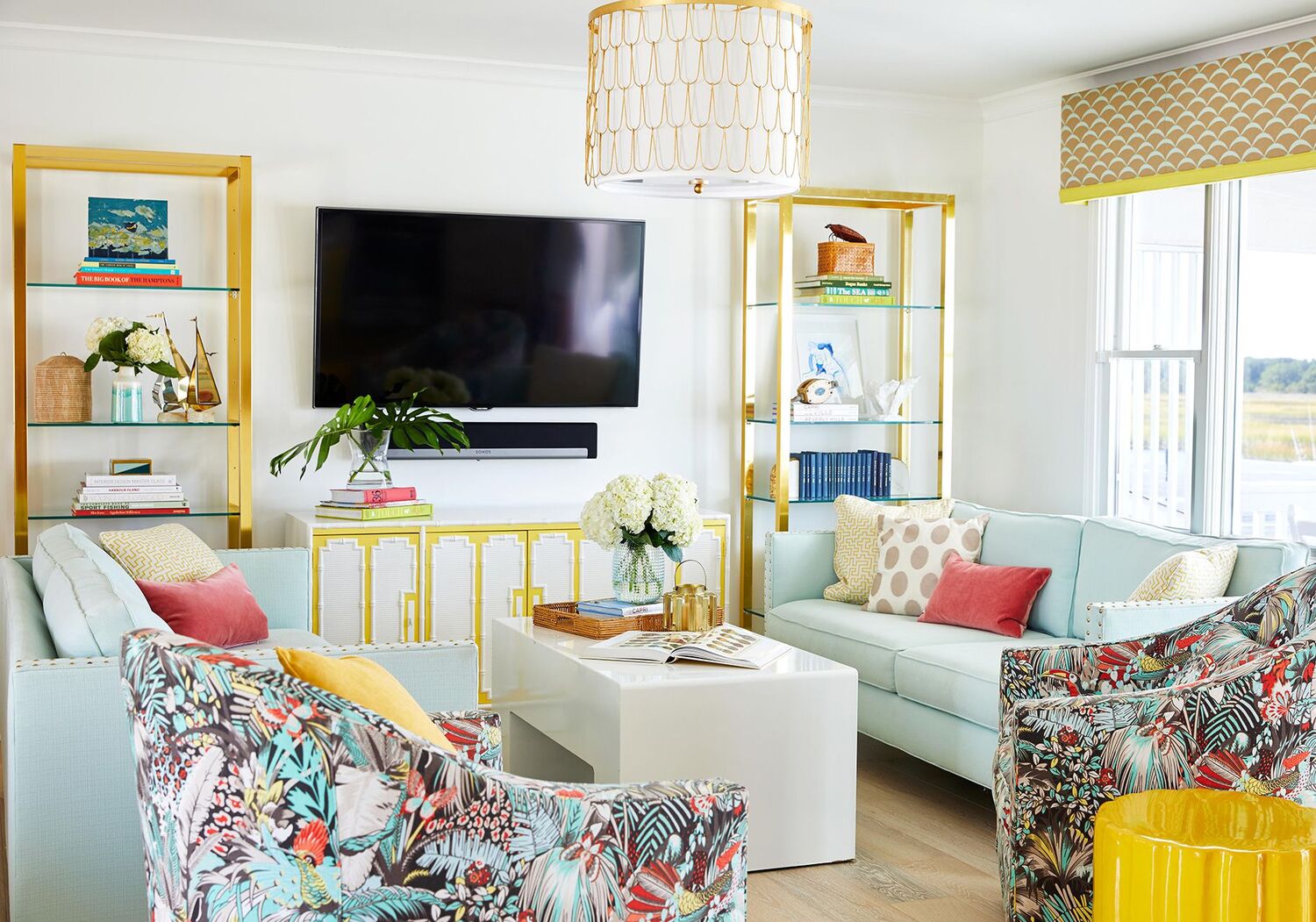
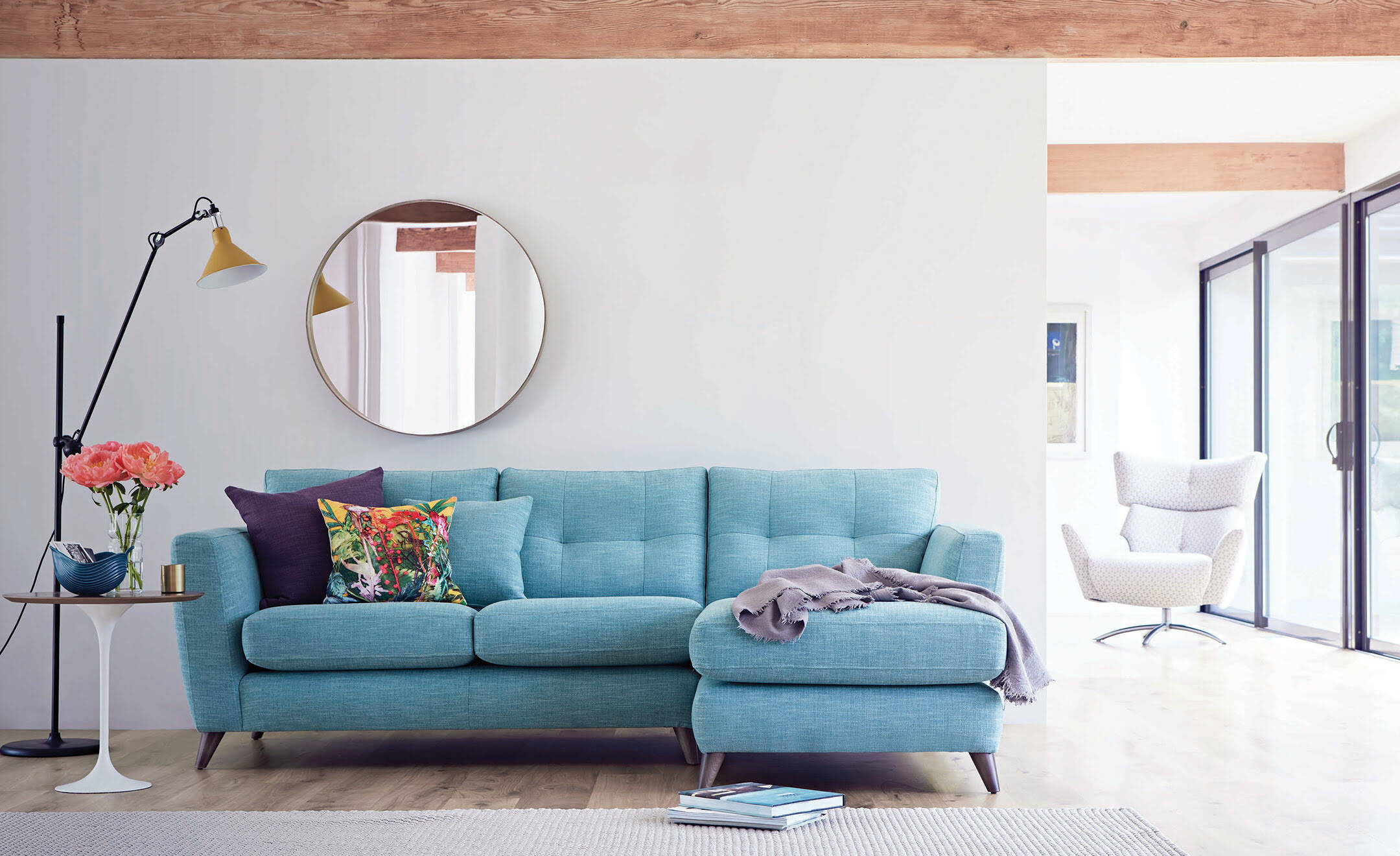
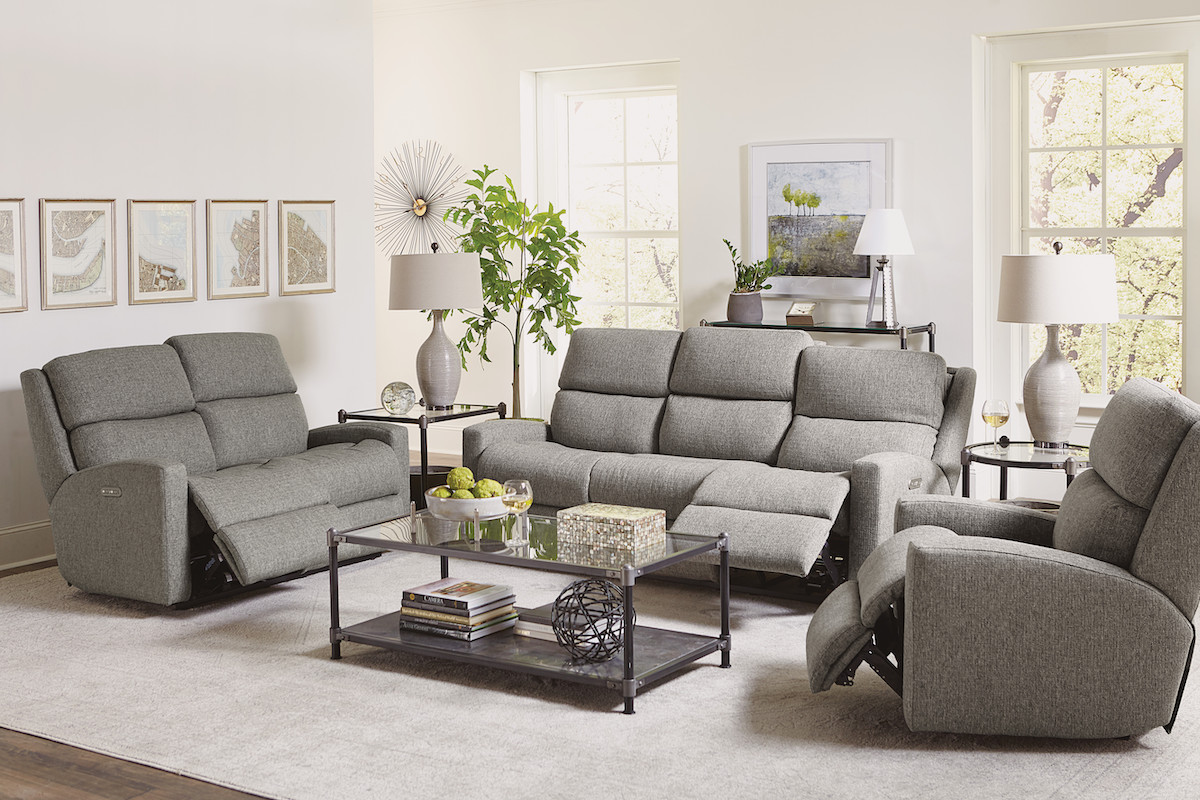
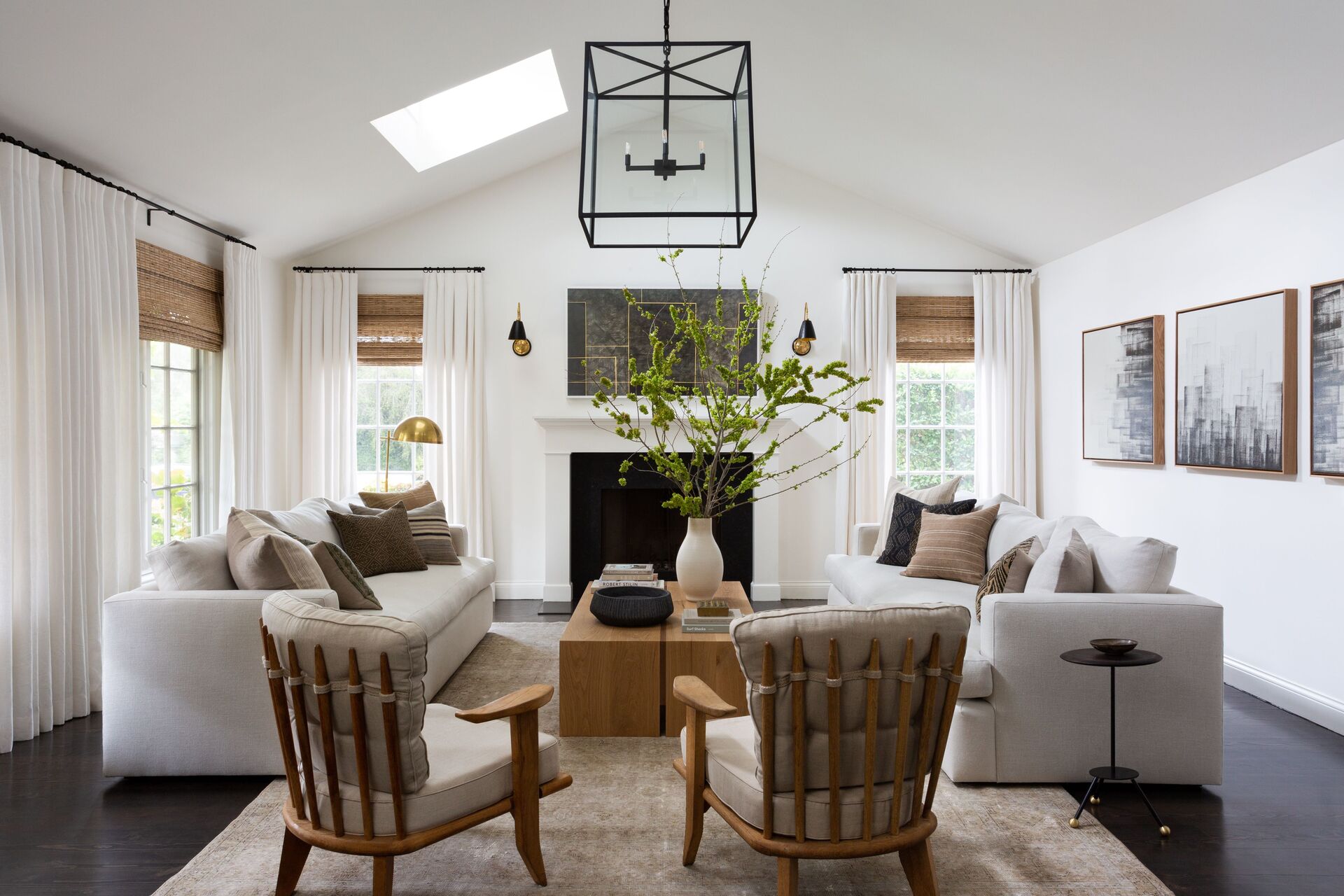
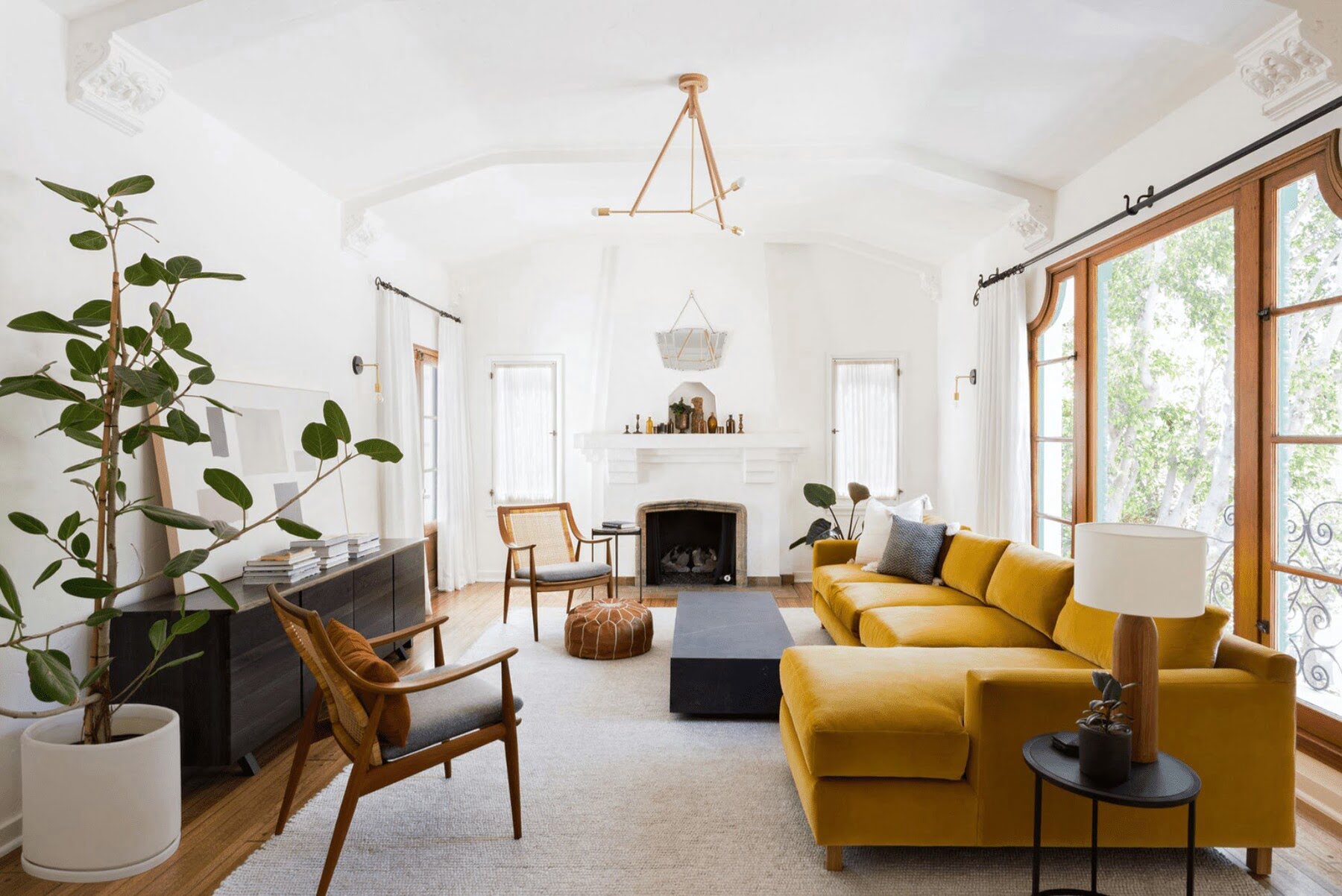
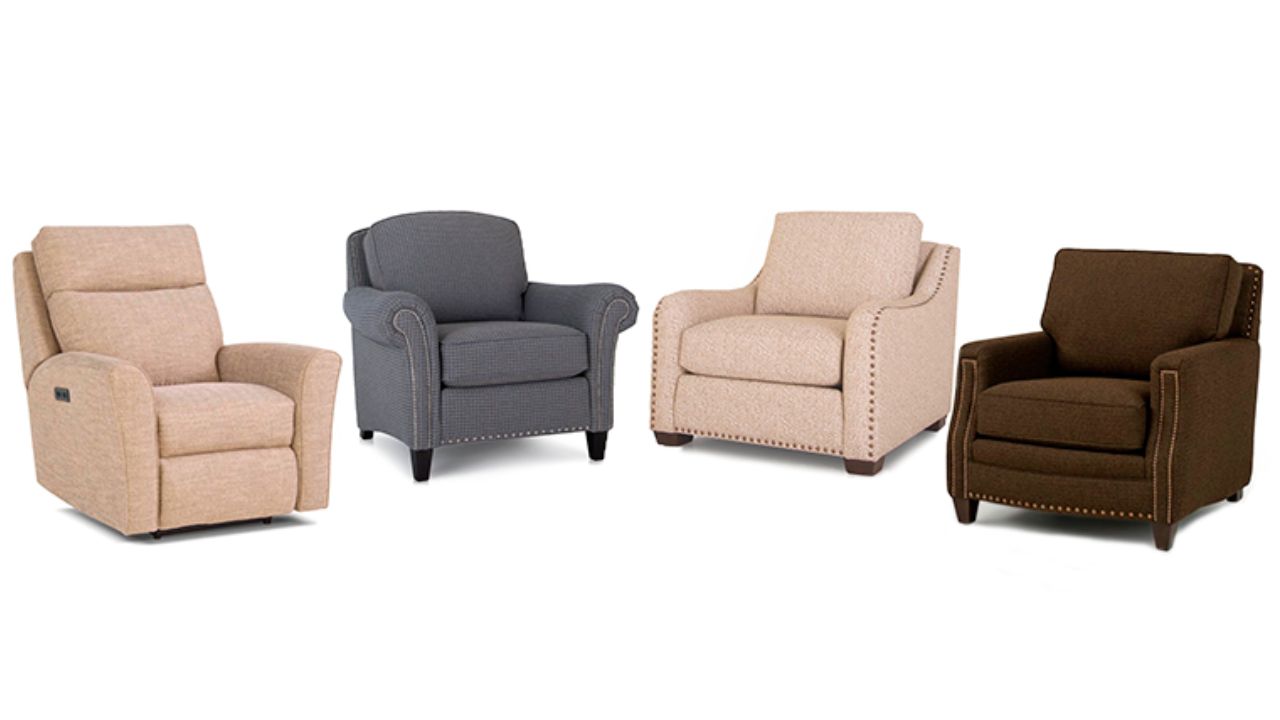
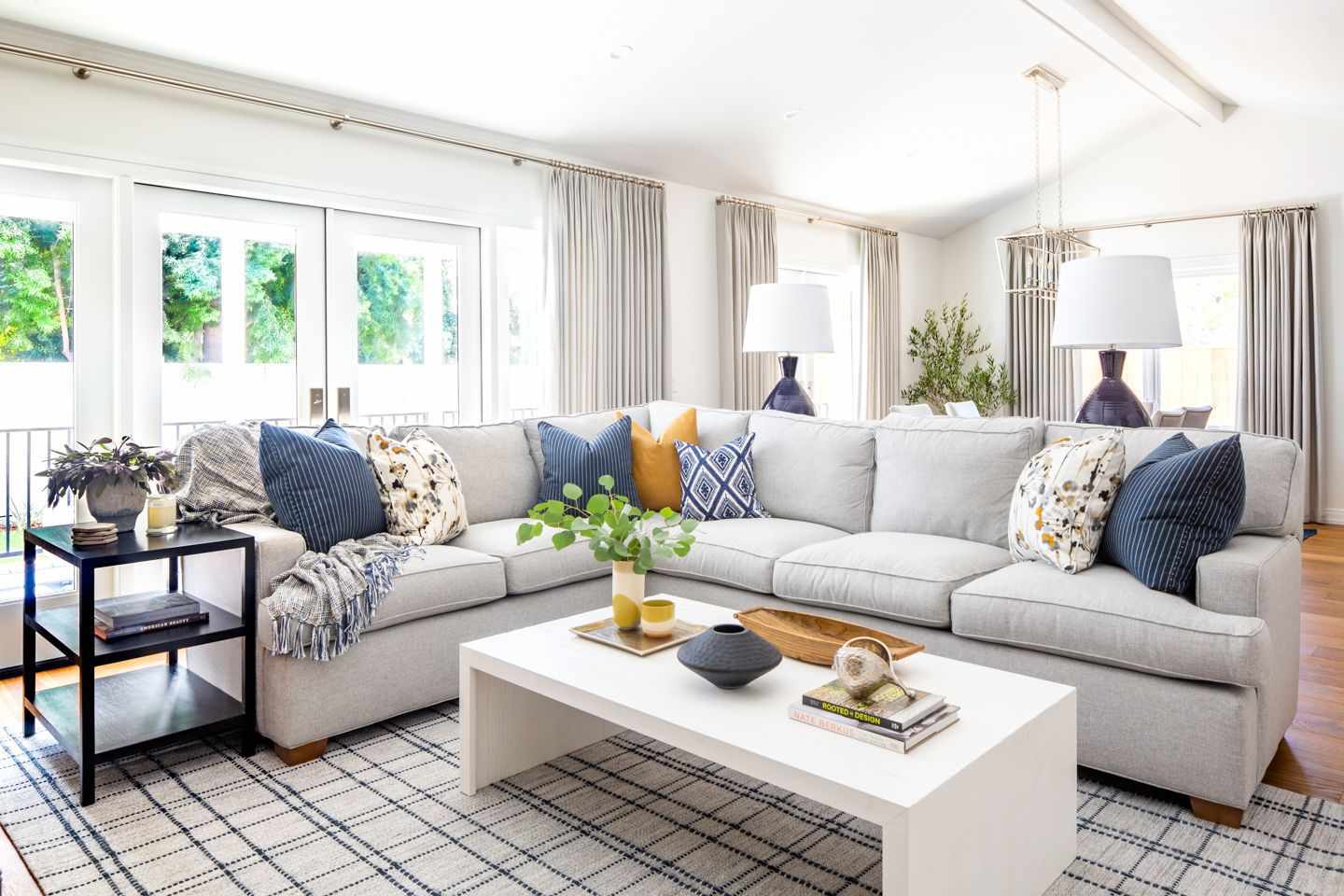
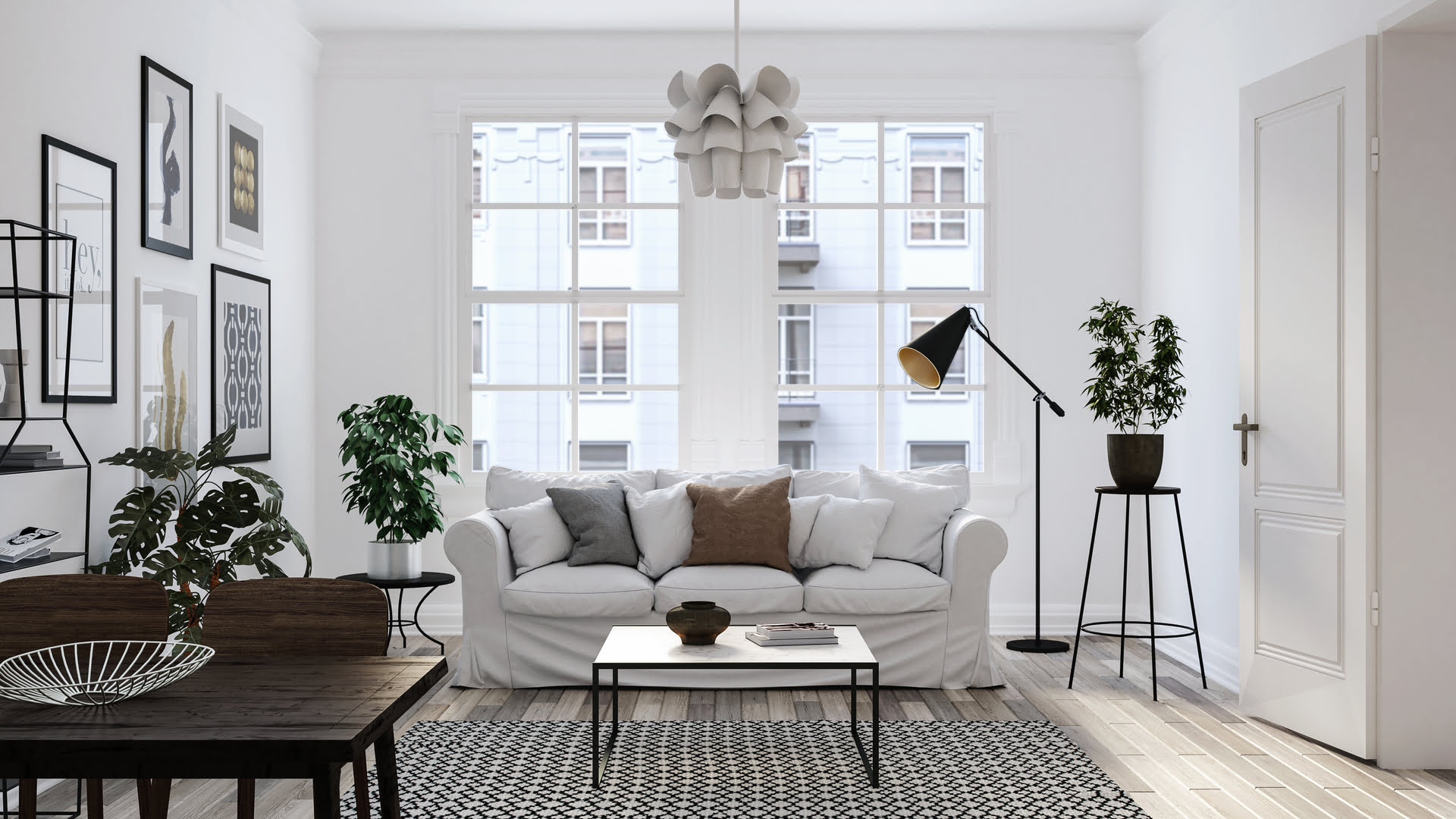
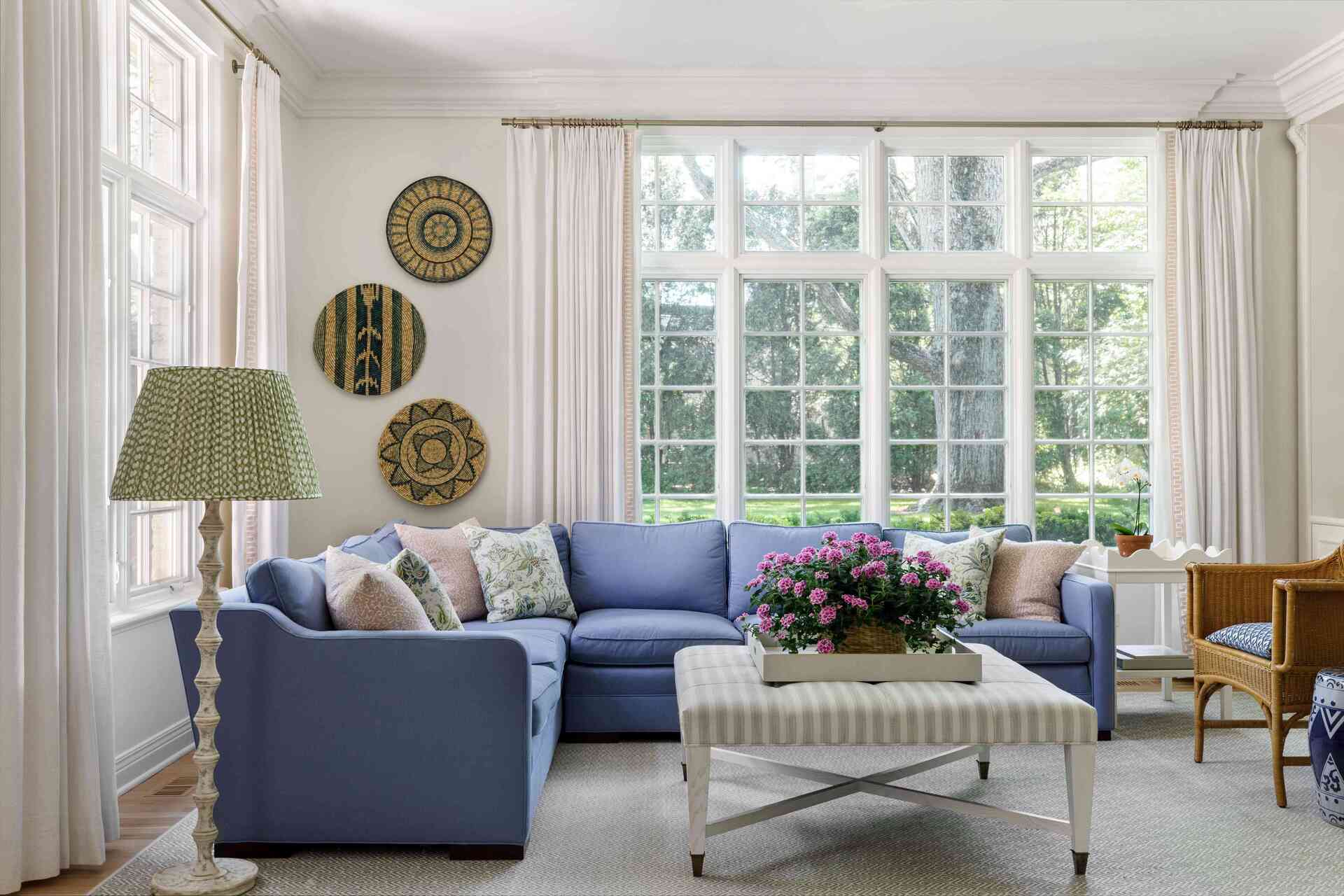
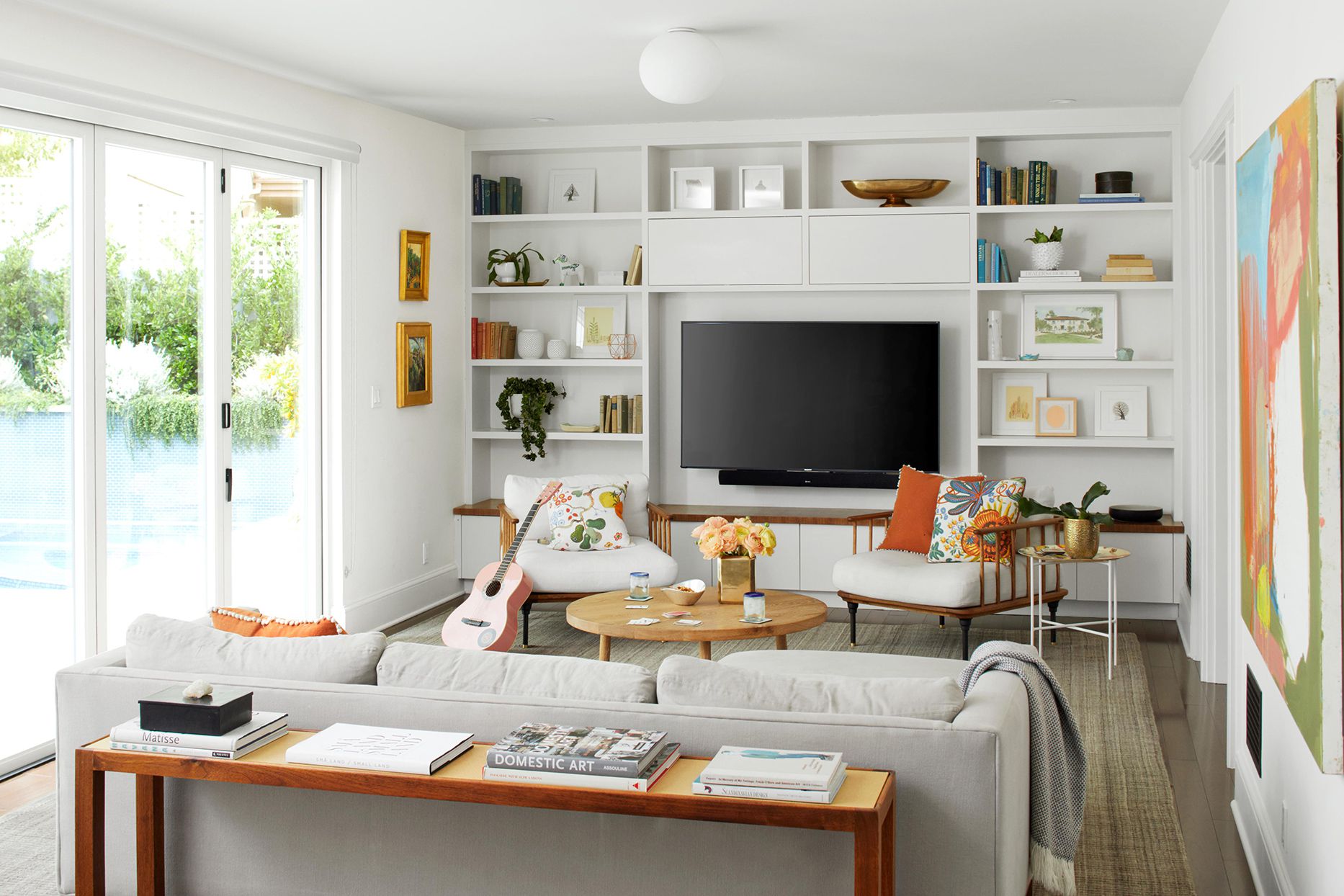
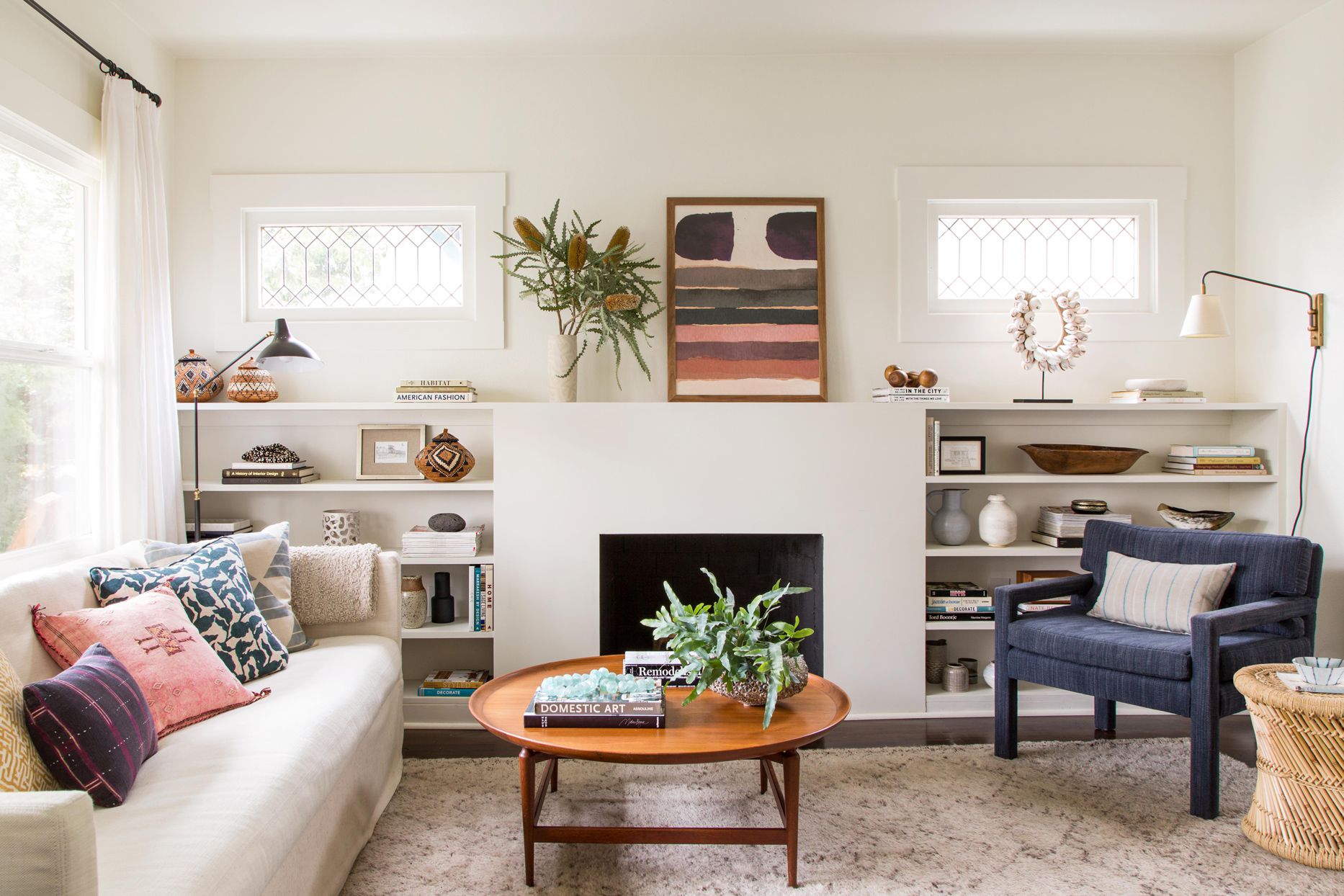

0 thoughts on “How To Arrange Sofa Loveseat And Chair In Living Room”